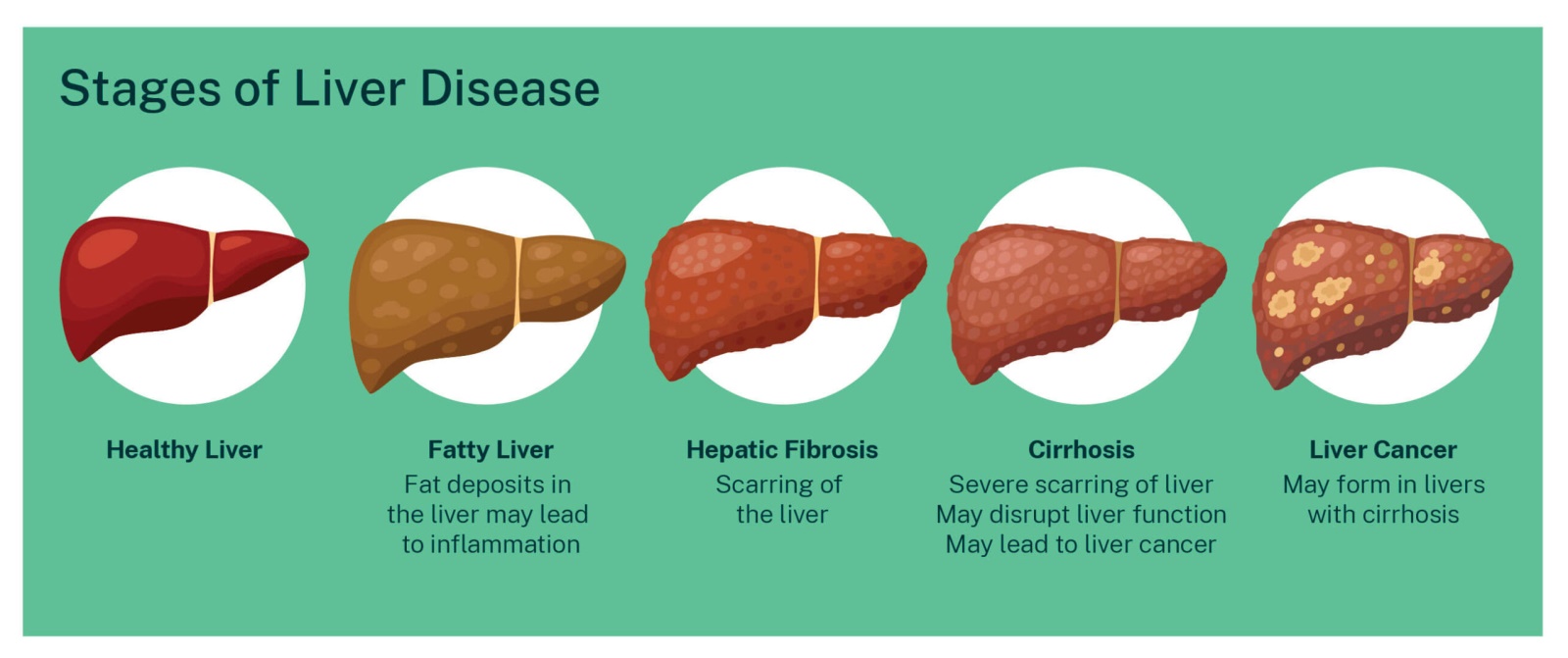A nurse is preparing a client who is to receive chemotherapy for the treatment of breast cancer. Which of the following actions should the nurse plan to take?
Have the client floss 4 times daily.
Have the client swish with commercial mouthwash before therapy.
Tell the client to expect dark stools following chemotherapy.
Administer an antiemetic prior to the procedure.
The Correct Answer is D
Choice A reason : Having the client floss 4 times daily is not typically recommended during chemotherapy because their gums may be more prone to bleeding due to a decrease in platelets, which is a common side effect of chemotherapy¹. Instead, gentle oral care is advised to prevent damage to the oral mucosa.
Choice B reason : Having the client swish with commercial mouthwash before therapy is not generally recommended because many commercial mouthwashes contain alcohol, which can be irritating to the mucous membranes and may exacerbate chemotherapy-induced mucositis¹. Instead, a saline rinse or a prescribed mouthwash without alcohol may be used to help manage oral hygiene during chemotherapy.
Choice C reason : Telling the client to expect dark stools following chemotherapy could be misleading. While some chemotherapy drugs can cause changes in stool color, dark stools can also indicate gastrointestinal bleeding, which requires immediate medical attention¹. Therefore, patients should be instructed to report any significant changes in stool color to their healthcare provider.
Choice D reason : Administering an antiemetic prior to the procedure is a standard practice to prevent nausea and vomiting associated with chemotherapy¹. Antiemetics are medications that can help control these common side effects, improving the patient's comfort and ability to tolerate the treatment.
Nursing Test Bank
Naxlex Comprehensive Predictor Exams
Related Questions
Correct Answer is D
Explanation
Choice A reason : The statement is correct; even with sterile precautions, there is a risk of infection. It's important for clients to understand this risk and recognize signs of infection early¹.
Choice B reason : This statement is incorrect and indicates a misunderstanding. The volume of the output solution should be equal to or slightly less than the input solution due to fluid removal from the body¹.
Choice C reason : The fluid from the abdomen should indeed be clear or slightly yellow. Cloudy or discolored fluid can indicate an infection or other complication¹.
Choice D reason : Using a microwave to warm the solution is not recommended as it can lead to uneven heating and potentially damage the solution. The solution should be warmed to body temperature using a warming device designed for this purpose¹³.
Correct Answer is B
Explanation
Choice A reason : Spironolactone is a potassium-sparing diuretic, which means it helps the body get rid of excess water without causing potassium loss. Therefore, a decreased potassium level would not be expected.
Choice B reason : Spironolactone can lead to hyperkalemia (increased potassium levels) and hyponatremia (decreased sodium levels) because it causes the kidneys to excrete sodium while retaining potassium.
Choice C reason : A decreased phosphate level is not a typical finding associated with spironolactone use. Phosphate levels are more commonly affected by renal function and parathyroid hormone levels.
Choice D reason : A decreased chloride level is not specifically associated with spironolactone. While electrolyte imbalances can occur, spironolactone primarily affects potassium and sodium balance.

Whether you are a student looking to ace your exams or a practicing nurse seeking to enhance your expertise , our nursing education contents will empower you with the confidence and competence to make a difference in the lives of patients and become a respected leader in the healthcare field.
Visit Naxlex, invest in your future and unlock endless possibilities with our unparalleled nursing education contents today
Report Wrong Answer on the Current Question
Do you disagree with the answer? If yes, what is your expected answer? Explain.
Kindly be descriptive with the issue you are facing.
